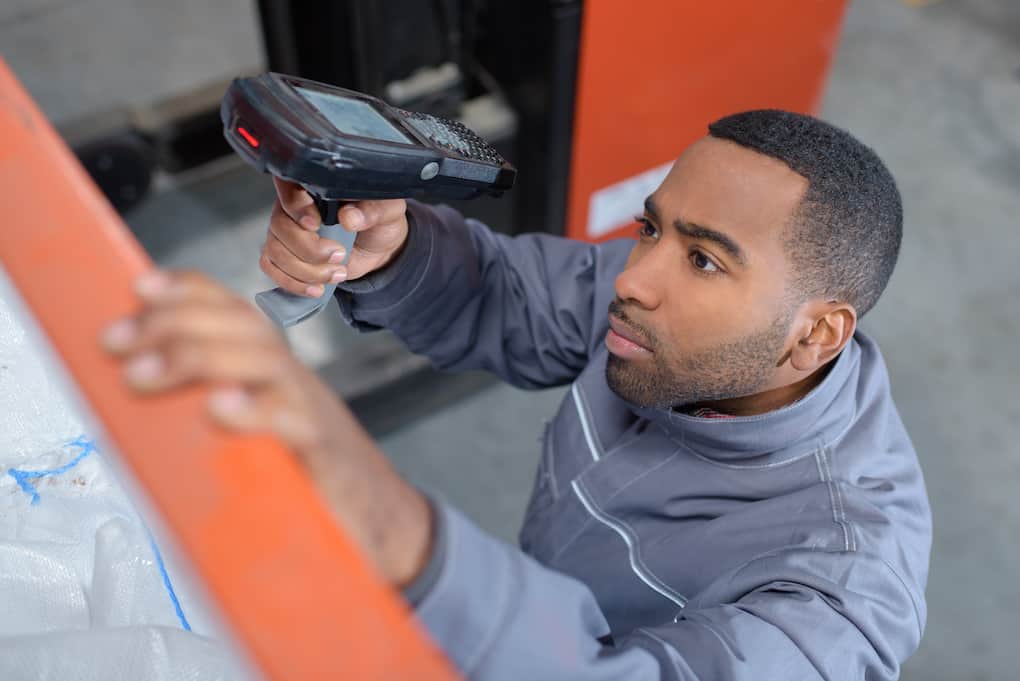Speed and efficiency are two things that a healthy warehouse thrives on, and a healthy warehousing operation is further fuel for securing optimal customer satisfaction through robust order fulfillment. But, these attributes are not always easy for ecommerce businesses to achieve. Thankfully, technologies like Radio Frequency scanners (handheld barcode scanners or readers) make things move much faster than they used to.
RF scanners can do a whole lot more than just help your employees pick and pack throughout the warehouse; they are tools that enable you to skyrocket warehouse efficiency, streamline operations with real-time visibility, and bolster the modern supply chain with new technology. Today we’re diving into all of the different features RF scanners offer and how they can help you improve your warehousing efforts.
What Are Radio Frequency Scanners?
RF scanners are handheld devices for barcode scanning. These handheld computers are essential to most facilities, and they do a lot of work that would have otherwise likely been done manually, introducing increased risk of human error.
Uses for RF scanners include:
- Data entry and data capture, especially throughout the stages of order fulfillment (picking, packing, and shipping processes)
- Communication between individual mobile devices as well as technology systems (i.e., software solutions) throughout the warehouse
Additionally, using RF scanning to support various warehouse operations lays the groundwork for adopting other cutting edge technologies such as further investments in the internet of things (IoT), machine learning (ML), artificial intelligence (AI), demand forecasting, and data analytics. We’re going to break down some of the different workflows that these scanners will help improve throughout your warehouse.
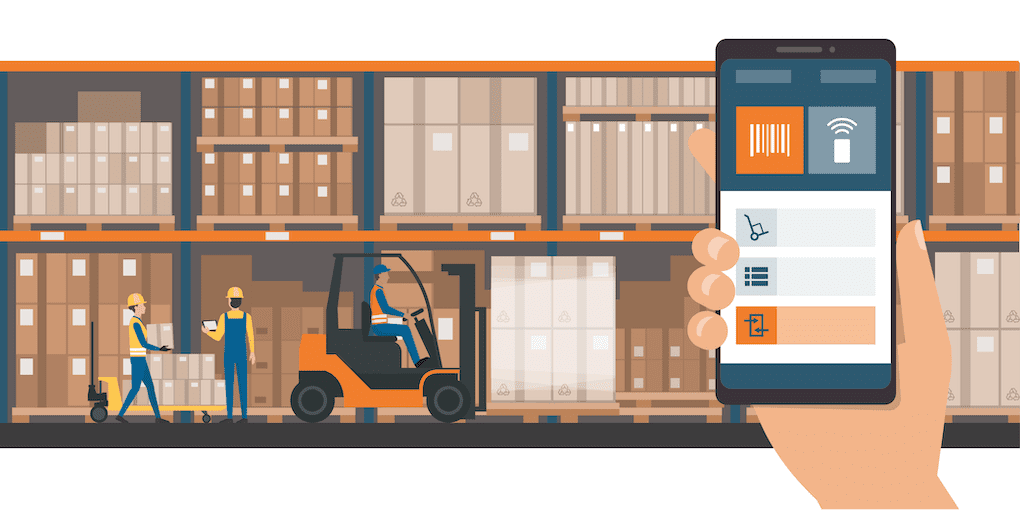
Warehousing Processes Optimized by RF Scanners
We’ve briefly touched on a few of the different ways these scanners can be used, but let’s dig in deeper. These are the areas we’ll be covering:
- Receiving inventory
- Picking and packing
- Inventory management and cycle counting
- Quality control
- Warehouse management
- Shipping
Receiving Inventory
When goods are received by the warehouse, it is essential to have a process in place that can accurately track and store them. RF scanners play a big role in this process by quickly scanning items as they come into the warehouse. This information is then used to update stock levels and help with inventory control. Having accurate information at your fingertips makes for a smooth and effective receiving process.
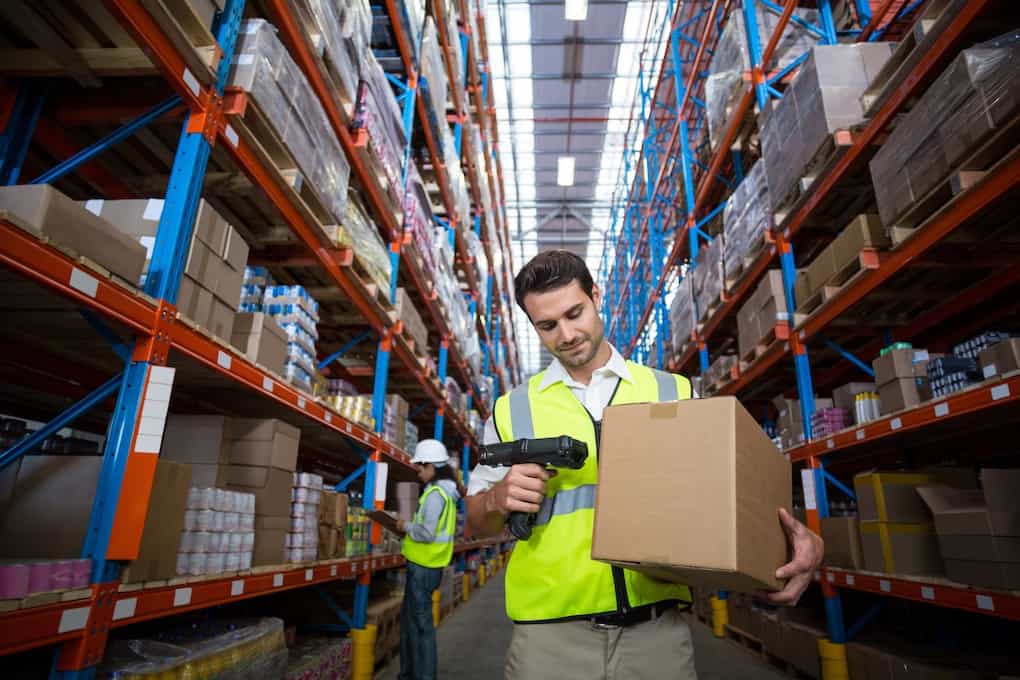
Picking and Packing
RF scanners make the process of picking and packing inventory much more accurate. Employees will spend less time looking for specific items—or fixing their mistakes—and more time fulfilling orders.
In addition to accuracy, RF scanners also help speed up this process. Employees can quickly pack orders and get them out the door by scanning several items at once. This is especially helpful for warehouses that are understaffed or experience high volumes of orders during peak times. Increased efficiency is a game changer, and having the right tools makes all the difference.
Inventory Management and Cycle Counting
Keeping track of inventory is essential to any business, but it’s especially important in a warehouse setting. If your inventory levels are neglected and you lose count, you run the risk of over-ordering or over-selling, both of which dramatically impact your ecommerce company’s profitability. Keeping good inventory counts can either be an easy, mostly automated process or one that takes a lot of time and manpower.
RF scanners will allow you to keep a digital log of this process and make it more accurate and efficient. With the use of RF tags, warehouse employees are able to quickly scan items throughout the facility without having to search through long lists of SKUs or manually count items to know real-time stock levels.
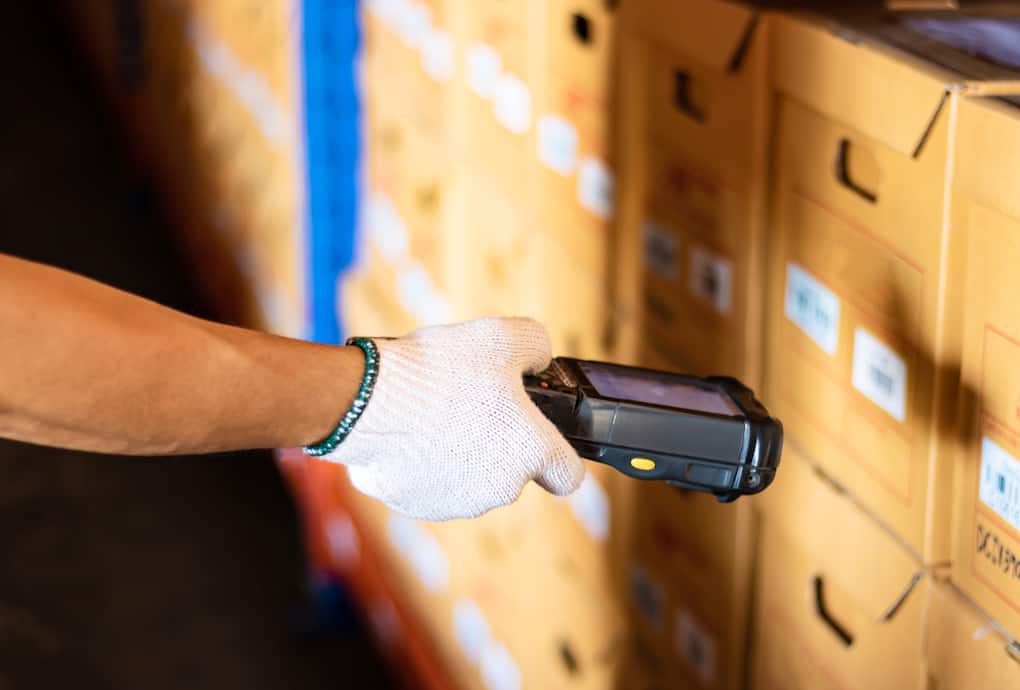
Quality Control
Good warehouse quality control is vital for any business, especially where perishables like food or pharmaceuticals are concerned because mistakes could have serious consequences. RF scanners play an important role in this process by allowing employees to quickly and easily scan items as products that expire need to have multiple quality control checks before shipping to the end consumer.
This information stored in the RF tag, such as lot number, serial number, and expiration date, can be used to help with:
- Sorting inventory
- Identifying defective products
- Keeping up on expirations
RF scanners can also be used for inventory tracking beyond the four walls of the warehouse to monitor shipments as they leave to ensure that everything is going out on time and arriving safely.
Warehouse Management
So far, we’ve touched on a number of inventory management benefits. Still, there are also several different benefits associated with your warehouse management as well as the inventory side of things.
For example, using RF scanners to track inventory will help you know when it’s time for replenishment. You’ll also be able to take control of your warehouse space by minimizing the amount of space needed for products that are not in current supply levels at any given point in time. Paired with a sophisticated software solution, RF scanners will also record which employees are picking and packing which shipments. This allows for an extra level of productivity monitoring, labor management, and quality control throughout your business.
Shipping
In addition to scanning inventory as it comes in, RF scanners can also be used to scan outgoing orders. This is done by attaching an RF tag to the product that’s being shipped and scanning it at the shipping dock as exits the warehouse.
This information can be transmitted to software running on a computer or handheld device, which will can trigger a shipping confirmation notification for the consumer. In today’s ecommerce landscape where consumers want total visibility into the status of their orders, this level of automation is an easy way to promote customer satisfaction.
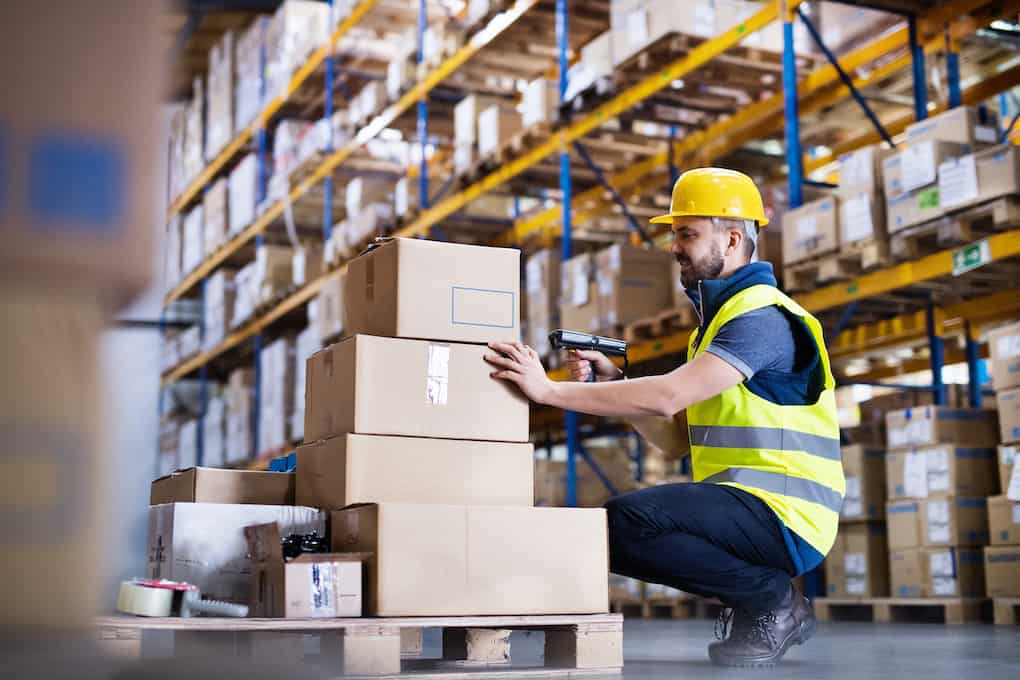
Understanding How RF Scanners Work
We’ve gone through some of the benefits, but you might be wondering how these “magic” devices really work and whether or not it’s worth spending your money on a high-quality RF scanner versus a middle-of-the-line or cheaper option.
There are a number of different RF scanners on the market, and while they all work in pretty much the same way, some might be more suited for your warehouse needs than others based on the size of your warehouse and what all you want the scanner to do.
Creating RF Codes and Scanning Them
A few different types of codes can be created to carry different levels and amounts of information. For example, QR codes will allow you to store more information and have more variations than the traditional barcode that’s printed on almost every product. Radio Frequency Identification (RFID) is another new code system that uses special RFID tags and does not require manual, line-of-sight scanning like QR codes and traditional barcode scanning systems.
When getting started with RF scanners, you’ll need to set up a printer and attach it to your warehouse management software (WMS). Some printers will be more automated than others. Do your homework or talk with a professional WMS provider before diving too deep into the different elements you’ll need for this system.
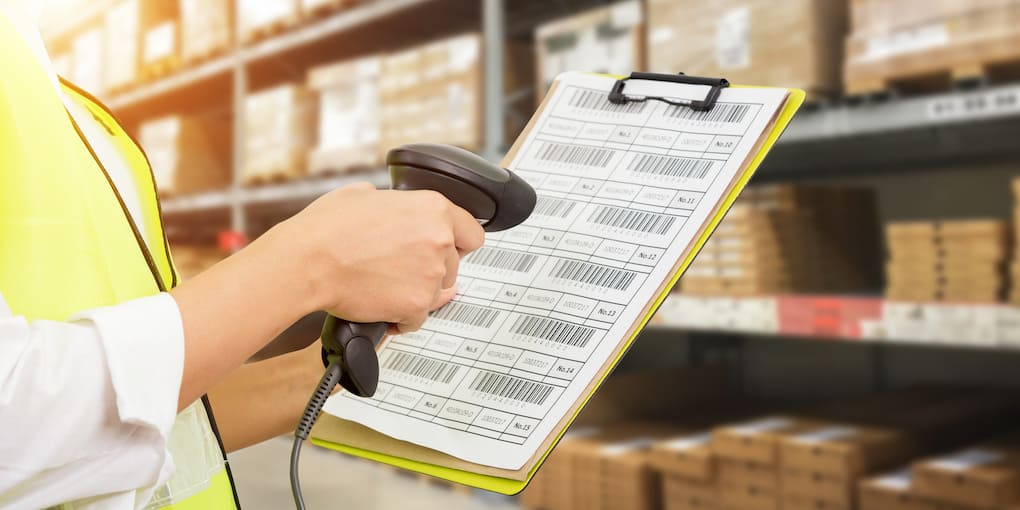
Transmitting the Signal
The information that’s stored on the RF code is transmitted to a receiver after being scanned. The receiver will then send this data over your wireless network so it can be read by certain warehouse management systems or mobile devices. Depending on how you have your warehouse setup, the specific pieces of technology may vary.
Some of these receivers are actually hardwired into the database itself, while others need to be plugged in and/or recharged periodically. The signal can work on a WiFi network but is often run on a mobile network (think 3G, 4G, 5G) to ensure good service and reception throughout the warehouse. The faster the transmission of the signal from an RF scanner to your WMS, the more reliable your data will be available in real time.
Types of RF Scanners
There are several types of RF scanners, and different scanners may be more suited for certain tasks than others. Along with the differences in hardware, there will also be differences in terms of software compatibility, so make sure you understand what type of RF scanner your warehouse needs before making any purchasing decisions.
Barcode Scanners: Probably most similar to the traditional scanners that you’ve used in the past. The barcode scanner uses a laser beam powered with a cord or battery pack for wireless scanners. They’re useful for scanning simple codes like UPCs or EANs but can only capture a limited amount of data.
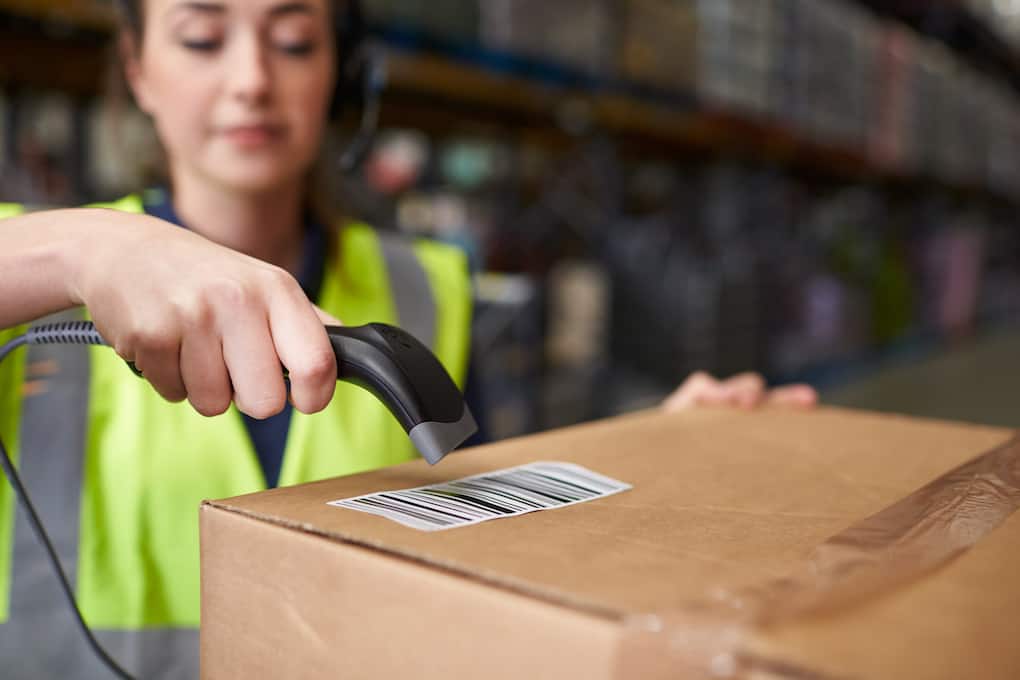
QR Code Scanners: Designed to read the code on a QR label, these are some of the most common scanners. They can also offer the ability to scan barcodes. The main difference between this type of RF scanner and others is that it often has its own screen or display, which can then transmit information back through wireless networks. These scanners are often smart devices.
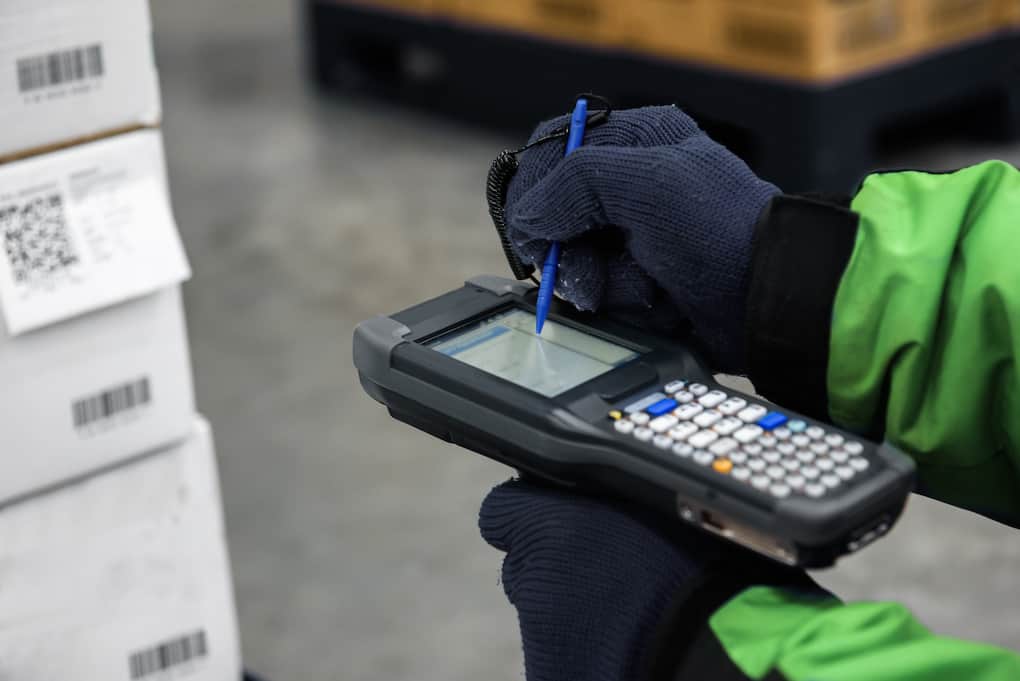
RFID Scanners: These scanners are more common than you might think for being newer to the market and are often used for real-time inventory tracking. They can be handheld, stationary, or worn around the neck on a lanyard, making them versatile for whatever your warehouse needs.
Picking Out an RF Scanner That’s Right For You
As you’re looking into different options and models of scanners, it’s important to take into account your warehouse size and what you’ll want the scanner to do. If you have a small warehouse with just a few items to scan, then a traditional barcode scanner might be your best bet and definitely the most affordable, least complicated option.
An RFID scanner could be the right choice in a large, multi-level warehouse with high ceilings and lots of products that need monitoring at any time. There are also some RFID scanners that can scan barcodes and QR codes, so if your warehouse is transitioning from traditional to newer technology, that might also be a selling point.
There’s no one-size-fits-all when it comes to RF scanners, but there’s certainly an option out there for whatever kind of warehouse you’re running and trying to build up. If you want to make this process easier, the industry experts at Extensiv can help you build a customized solution for your warehouse through our consulting services.
Combining RF Scanners With an Inventory Management System
To get the most out of your RF or barcode scanner, you’ll want to combine it with an inventory management system. With this combination, you can track your barcodes and RFIDs in real time and update inventory data across all systems simultaneously, boosting operational efficiency.
If you’re not already using an inventory management system, our the Extensiv team would love to get you started with a demo of our warehouse management solution for brands. We’ll help you stay on top of your warehouse, and you won’t need to worry about the technology aspect of inventory management anymore.
-
You’ll read about:
Be the first to know
Subscribe to our newsletter
